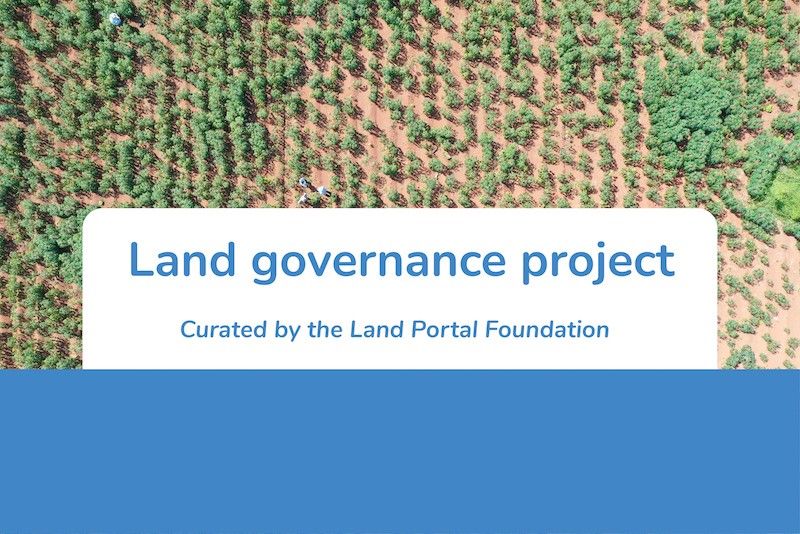Community / Land projects / Global Environment Facility - 7th Replenishment
Global Environment Facility - 7th Replenishment

€0
07/18 - 06/22
Completed
This project is part of
Implementing Organisations
Donors
Data Providers
General
De Global Environment Facility (GEF) werd in 1991 opgericht als een pilootprogramma bij de Wereldbank. In 1994 werd GEF een onafhankelijk financieel mechanisme voor het verlenen van giften en zachte leningen om de meerkosten te dekken van maatregelen die de bescherming van het wereldleefmilieu beogen en duurzame ontwikkeling promoten. Dit gebeurt via vijf “Focal Areas”: klimaatverandering, biodiversiteit, chemicaliën en afval, internationale wateren en bodemaftakeling. The Biodiversity Focal Area is built around achieving the Four-year Program’s three objectives: 1) Mainstream Biodiversity Across Sectors as well as Landscapes and Seascapes; 2) Address Direct Drivers to Protect Habitats and Species; and 3) Further Develop Biodiversity Policy and Institutional Frameworks. The GEF-7 Climate Change Focal Area Strategy is focused on the following objectives: 1) Promote Innovation and Technology Transfer for Sustainable Energy Breakthroughs; 2) Demonstrate Mitigation Options with Systemic Impacts; and 3) Foster Enabling Conditions for Mainstreaming Mitigation Concerns into Sustainable Development Strategies. The GEF-7 Land Degradation Focal Area seeks to achieve the following objectives: 1) Enhance on-the-ground Implementation of SLM using the LDN tool; and 2) Create an Enabling Environment to Support Voluntary LDN Target Implementation. The Chemicals and Waste Focal Area focuses on eliminating chemicals covered by the Minamata and Stockholm conventions and the Montreal Protocol that are used in or emitted from industrial and agricultural sectors. International Waters Focal Area. While not responding directly to a convention, the GEF International Waters Focal Area fills a critical gap in the global management of transboundary water resources, both marine and freshwater. GEF IW interventions are built on initial assessment of threats and opportunities through Transboundary Diagnostic Analyses (TDAs), which are followed up by the development of regional Strategic Action Programs (SAPs). Aligned with SAPs, the objectives of the International Waters Focal Area are: 1) Strengthening Blue Economy Opportunities (which includes sustaining healthy coastal and marine ecosystems; catalyzing sustainable fisheries management; and addressing pollution reduction of both nutrients and marine plastics); 2) Improving Management in Areas Beyond National Jurisdiction (ABNJ); and 3) Enhancing Water Security in Freshwater Ecosystems. These objectives will be supported by investments in large marine ecosystems, transboundary rivers, lakes, aquifers, and ABNJ.




